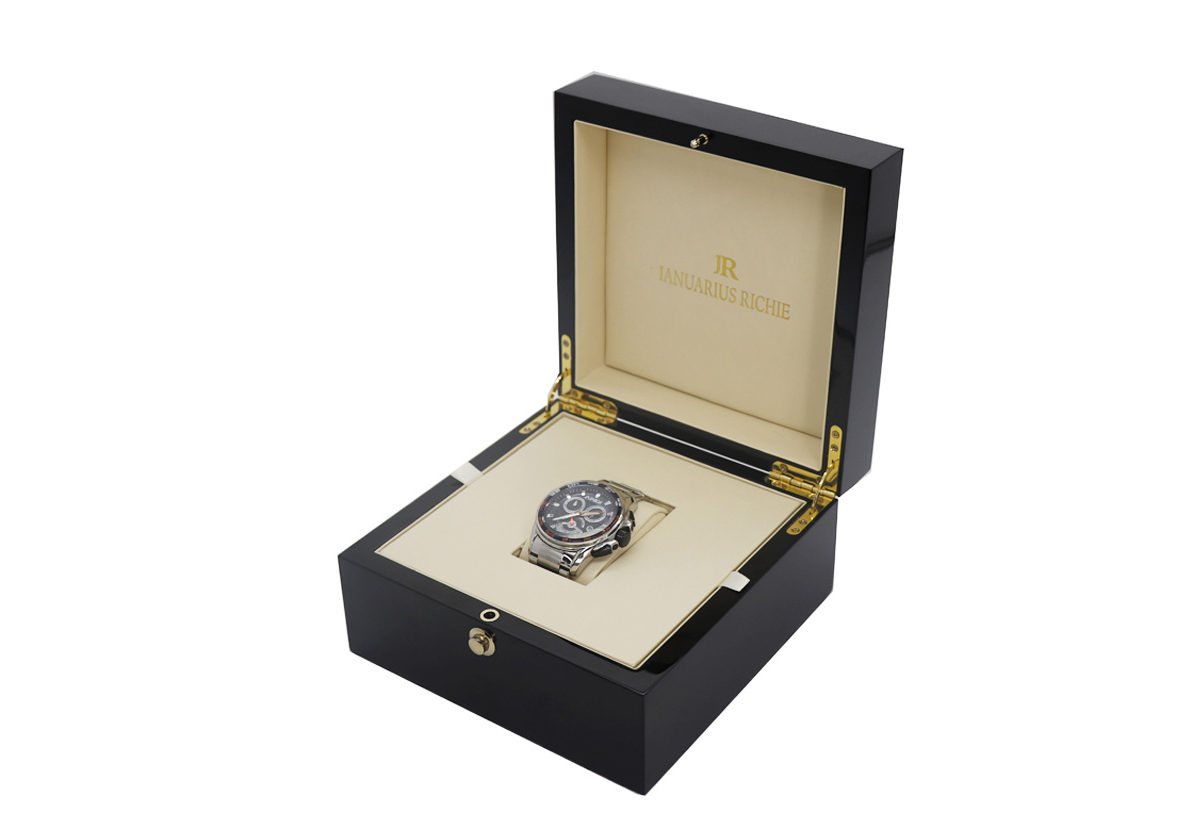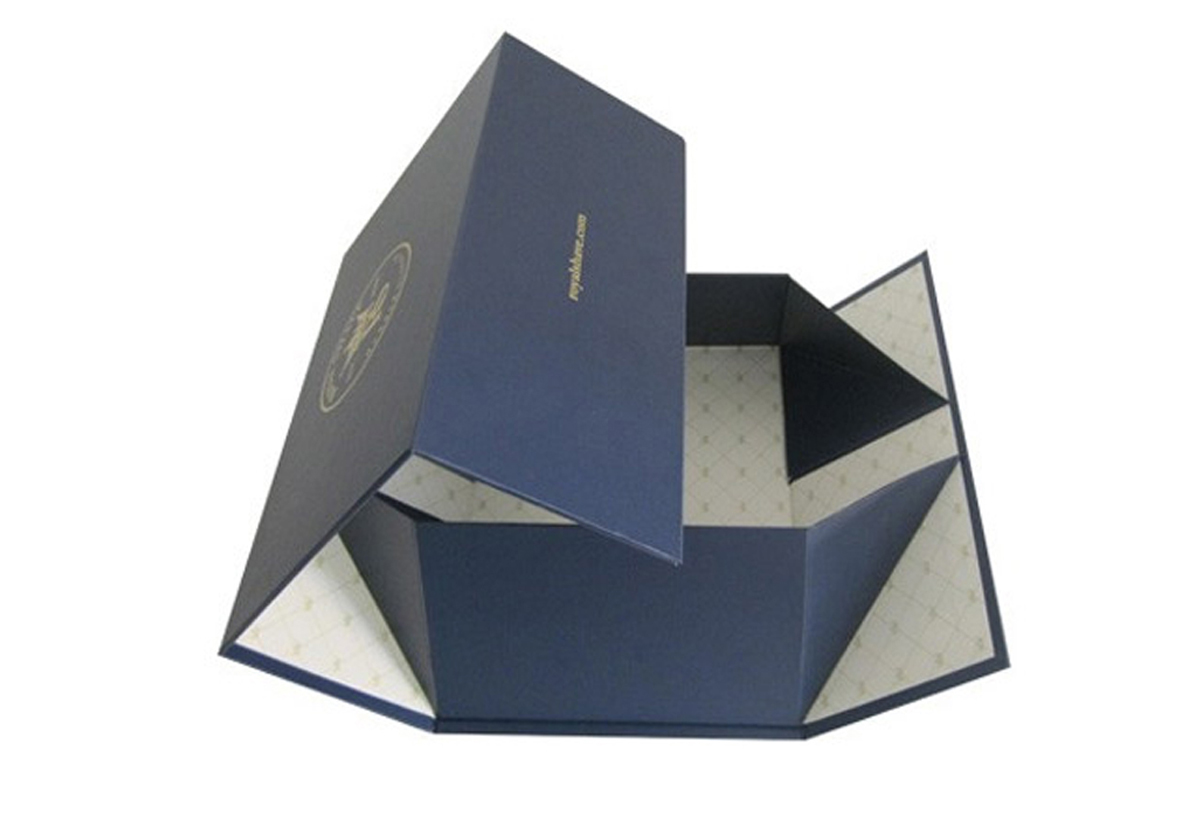There has been a growing interest in sustainable packaging solutions in recent years. Consumers are increasingly concerned about the environmental impact of packaging materials, and companies are looking for ways to reduce their carbon footprint. One solution that has gained popularity is rigid folding boxes. In this article, we’ll explore how rigid folding boxes are made and why they are a sustainable option for packaging.
What are Rigid Folding Boxes?
Collapsible rigid boxes, also known as rigid folding boxes, combine the durability and strength of rigid boxes with the convenience and space-saving benefits of folding boxes. These boxes are made from sturdy cardboard or paperboard that can be folded flat when not in use, allowing them to take up less space during transportation and storage. When ready, the boxes can be easily assembled and secured with tabs, magnets, or other closure mechanisms.
How are Rigid Folding Boxes Made?
Rigid folding boxes are made using traditional box-making techniques and modern manufacturing methods. The process starts with the selection of the right materials. The cardboard or paperboard used for rigid folding boxes is typically made from recycled materials, reducing the manufacturing process’s environmental impact.
Once the materials have been selected, they are cut into the appropriate size and shape using specialized cutting machines. The pieces are then scored and creased to create fold lines, which will later get used to fold the box into its final shape.
The next step is to print the design of collapsible box onto cardboard or paperboard. It is typically done using digital or offset printing techniques, allowing high-quality images and text to be printed onto the box’s surface.
After printing, the pieces are folded along the scored lines and secured with tabs or other closure mechanisms. The final product is a sturdy, durable box that can get used for a wide range of applications.
Why are Rigid Folding Boxes a Sustainable Option for Packaging?
There are several reasons why custom rigid boxes are a sustainable option for packaging.
First, they are made from recycled materials. Using recycled materials reduces the environmental impact of the manufacturing process by reducing the amount of waste that goes into landfills and reducing the need for new raw materials.
Second, rigid folding boxes are designed to be reusable. Unlike traditional packaging materials, which are often used once and discarded, rigid folding boxes can get used multiple times. It reduces the amount of packaging waste in landfills and reduces the need for new packaging materials to be produced.
Third, custom boxes wholesale are lightweight and compact. Because they can be folded flat, they take up less space during transportation and storage, reducing the shipping process’s carbon footprint.
Fourth, rigid folding boxes can be designed to be biodegradable or compostable. It means that at the end of their useful life, they can be disposed of in an environmentally friendly way and do not contribute to the accumulation of waste in landfills.
Finally, printed rigid boxes are customizable. They can be designed to meet the specific needs of a particular product or brand, reducing the amount of excess packaging produced.
Factors That Make Them A Sustainable Option
In addition to the reasons mentioned above, several other factors make rigid folding boxes a sustainable option for packaging.
One of the key advantages of rigid folding boxes is their versatility. They can be used for various products, from food and beverages to cosmetics and electronics. It means that companies can use a single packaging solution for multiple products, which reduces the need for multiple packaging options and simplifies the packaging process.
Rigid Kraft boxes can also be designed to be tamper-evident, which helps ensure the safety and integrity of the product. It is particularly important for products such as medications or food items, where tampering can pose a serious health risk.
Another advantage of rigid folding boxes is their durability. Because they are made from sturdy cardboard or paperboard, they can protect the product inside from damage during transportation and storage. It reduces the need for additional packaging materials, such as bubble wrap or foam peanuts, which can be difficult to recycle and contribute to waste.
Summing Up!
Rigid set up boxes can also be designed with various closure mechanisms, including tabs, magnets, or snap closures. It allows for secure and easy opening and closing, enhancing the user experience and reducing the risk of product damage during use.
Finally, hard box packaging can be designed with various aesthetic features, such as embossing, debossing, foil stamping, or spot UV printing. These features not only enhance the visual appeal of the packaging but also make the packaging more memorable and help to create a stronger brand identity.
In conclusion, rigid luxury packaging boxes are a sustainable packaging option that offers a range of benefits for companies and consumers alike. They are made from recycled materials, can be reused multiple times, are lightweight and compact, can be designed to be biodegradable or compostable, are versatile and customizable, and provide protection and security for the product inside. By using rigid folding boxes, companies can reduce their environmental impact, enhance the user experience, and create a strong brand identity that resonates with consumers.

